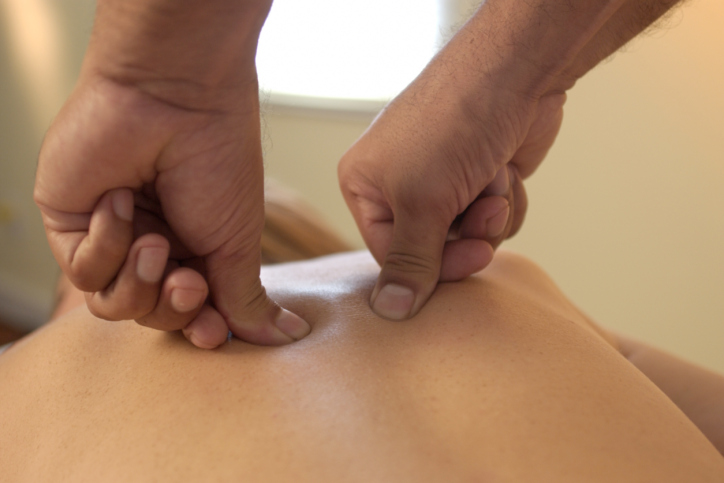
Shiatsu means "finger pressure" in Japanese. That simple translation, however, does not really reflect the complexities of the modality. A look at the history of shiatsu and how it is used by shiatsu practitioners can help explain what shiatsu is and why you may want to try it.
History of Shiatsu
Forms of shiatsu have been used in Japan since at least 1000AD and possibly earlier. Originally, shiatsu's earlier predecessor, Teate was considered a mystical art. After Traditional Chinese Medicine (TCM) became established in Japan, it was gradually incorporated into that form of medicine. It wasn't until the 20th century, though, that shiatsu came into its own as a systematised practice when in 1940, Tokujiro Namikoshi founded the Japan Shiatsu College. While Namikoshi taught a system based on Western anatomy and physiology, Shizuto Masunaga, a former student, went on and founded the Zen school of Shiatsu based on TCM.
Today, most Shiatsu practitioners in Australia use the Zen style of shiatsu as developed by Shizuto Masunaga or an adaptation of that based on TCM and the meridian system.
What is A Shiatsu Treatment Like?
From the perspective of a client receiving a Shiatsu treatment, the difference between Shiatsu and a traditional massage is mainly in the fact that a shiatsu practiitoner uses focused or localised pressure, using primarily individual fingers and sometimes the palms rather the both hands. Instead of kneading muscles, a shiatsu practitioner attempts to remove blockages in the meridians of ki (energy currents). Clients occasionally feel slight pain, but it is most often described as a pleasant pain that relieves tension. Some of the benefits of Shiatsu include:
- Headache relief
- Deep relaxation
- Relief from back pain
- Stress and anxiety relief
- Reduction of arthritis pain
- Reduction of premenstrual symptoms
- Improved digestion
- Reduction in the symptoms of asthma and other respiratory problems
During the course of a shiatsu treatment, the practitioner does a number of things the client may not be aware of. The pressure points they focus on are chosen according to their excess of energy (jitsu) or its deficit (kyo) as determined by an initial examination. As the practitioner works on these meridians, their goal is to restore the natural flow of energy throughout the body, returning it to a harmonious state of wellness. Sustained pressure, rubbing, tapping, kneading and stretching are just some of the techniques used to achieve this end.
Because no massage oils are used, an effective shiatsu treatment can be received fully clothed, though light, loose clothing is recommended. A full treatment usually lasts about an hour and "mini treatments" are available, though most people usually find it so enjoyable, they prefer a full treatment.
|
Do you have a natural health & wellness business? |









